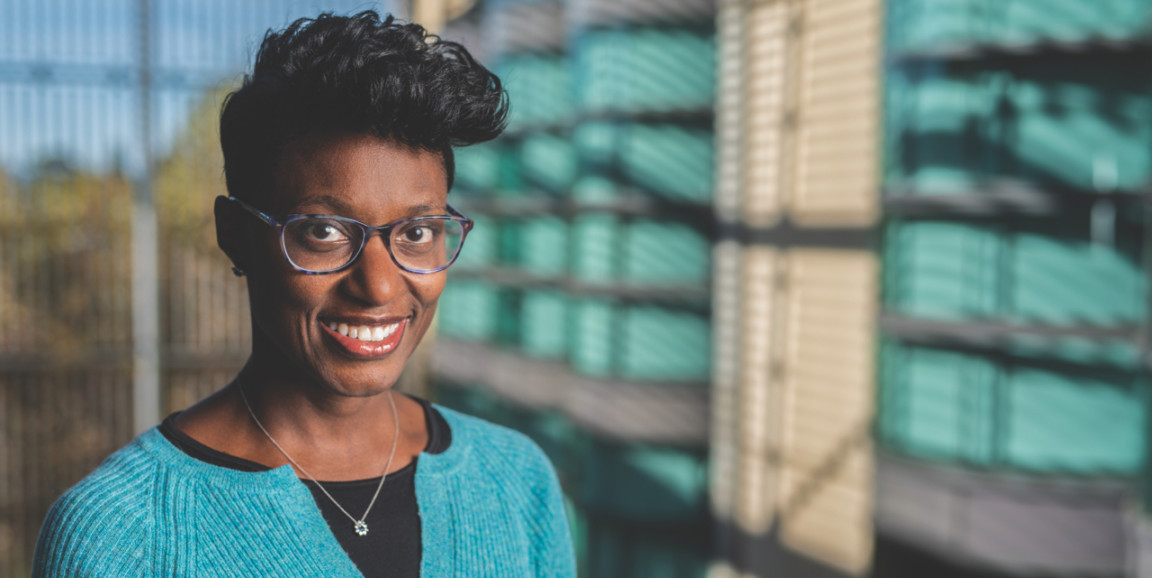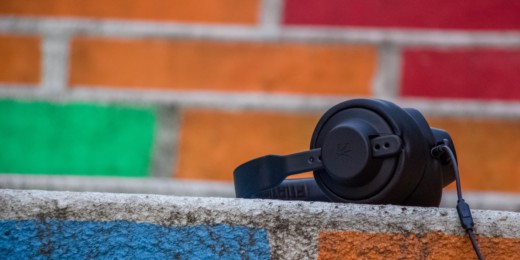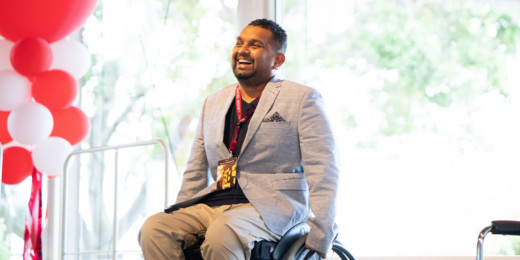When you first meet Tamara Dunn, MD, she'll tell you that she was always going to be a physician. Well, a physician or a singer. Or an actress. Or a financial trader.
She'll tell you about growing up in Kansas City surrounded by a bevy of black professionals (her dad was a dentist and his best friend was her pediatrician), and how that inspired her commitment to fostering inclusive, diverse communities in medicine. She'll tell you how her mother's untimely death (Dunn was only 15), imbued her with a carpe diem attitude and a sense that nothing can be taken for granted.
Then Dunn will regale you with tales from her nonlinear career trajectory, which included a post-college detour to France; a period performing "off-off Broadway;" a stint as the frontwoman of a funk band (called River Bottom Groove, then Fez, and finally Odd Jobs); a year spent on the trading floor for a financial firm; and finally, a return to her alma mater. Here at Stanford, Dunn finished her hematology subspecialty training and assumed her current role of clinical assistant professor.
She will tell you all this while also toggling between the various demands of her day -- her children's after-school commitments, patient visits, even her dog's veterinary appointment -- and that will seem like a given. Dunn is one of those rare individuals whose enthusiasm and drive never wavers.
As our conversation stretched from afternoon into evening, Dunn offered a clear-eyed take on life as a hematologist, the importance of singing happy birthday to patients, and the challenges -- and successes -- of her diversity work at Stanford and beyond.
One thing I love about my job is that every day is unique. Some days I'm focused on my clinic patients. Some days I'm performing inpatient consults at the VA or Stanford Hospital. Some days are fellowship heavy.
I also work on research for our Adolescent and Young Adult (AYA) Cancer Program. I recently did a study where we gave all the AYA patients receiving therapy Fitbits and an iPad to encourage physical activity, because we believe it can improve cancer-related fatigue and quality of life.
I'm hoping when things calm down, and life is a bit less crazy, I'll be able to perform more. Music is so powerful, especially for patients. I will tell you this: I always sing to every patient in my clinic when it's their birthday -- they get a big happy birthday song from me, and many have come to expect it. I was also able to sing at the Survivor's Day celebration at the VA. That was really special. When I was a resident and fellow, I used to sing on the units.
I've been working alongside Wendy Caceres, MD, clinical assistant professor of primary care and population health, for the past couple of years as a faculty advisor on the diversity council, which is composed mostly of residents and fellows.
We know we should improve our diversity, but I think making the people who are currently here feel comfortable is where the inclusion piece comes in. Once the community is formed and people are feeling acclimated, strong, and important, that's when you start to attract more underrepresented minorities.
I've hosted informal get-togethers at my home where we share dinner and discussion, and that is a valuable space. We have a few initiatives in the pipeline: We're trying to incorporate diversity into the weekly medicine grand rounds by encouraging a more diverse speaker roster. We also have taken a larger role in the residency and faculty recruitment process. I am also a member of the Graduate Medical Education's Diversity and Inclusion Committee, where we are trying to promote diversity on a broader level.
It's often hard to talk about diversity-related issues, because we know we have a lot of work to do. We all have biases, which are a natural thing, but defensiveness does not allow us to make progress. Research shows that we are all better when our environments and communities are more diverse -- we're better doctors, better people, and better researchers.
I'm proud to be an underrepresented minority in a leadership position because I know that impacts people who are applying for residency, fellowship, and faculty positions. This year the hematology division has more female fellows than male fellows, and it's wonderful to see young women achieving so much. The men are outstanding as well; it's just that since I can remember the men have outnumbered the women disproportionately.
Photo by Steve Fisch






